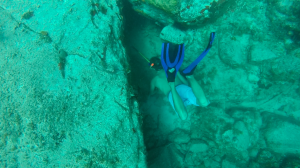
Olivier Raynaud, Director of the St. Barts Environmental Agency, hunts for a lionfish.
On Sunday, the Hello Ocean team went out with the St. Barts Nature Reserve to get a first hand look at the invasive lionfish population. These animals may look beautiful underwater, but they’re equipped with venomous spines and are very damaging to local ecosystems.
The problem is that lionfish aren’t native to the Caribbean. Some people say that a 1992 hurricane flooded an aquarium in Florida, introducing 6 lionfish into the Atlantic that have since multiplied and spread as far as the Caribbean islands.
The lionfish in the area have no natural predators, reproduce rapidly, and eat anything they can fit in their mouths, so they are incredibly harmful to food chains. We went out with the
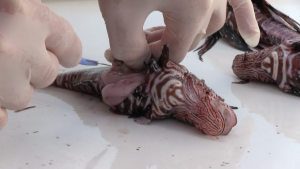
Sébastien, the Nature Reserve’s Marine Specialist, analyzes the stomach contents of a lionfish.
Nature Reserve to catch some of these lionfish and analyze their stomach contents, which helps the Reserve monitor what these predators are eating.
The Nature Reserve is engaging the community in the mitigation of this invasive species. Last week, they held a “lionfish rodeo” where community members participated in a hunt for these fish. Teresa got to participate, and they captured 29 in total!
So what can you do in the battle against invasive lionfish?
Here are 3 ways to get involved!
- Report sightings to help inform scientists of the lionfish invasion
- Order lionfish for dinner if it’s available
- Donate to a conservation organization working to mitigate invasive lionfish
Thanks, Nature Reserve, for letting us see the great work that you all are doing!

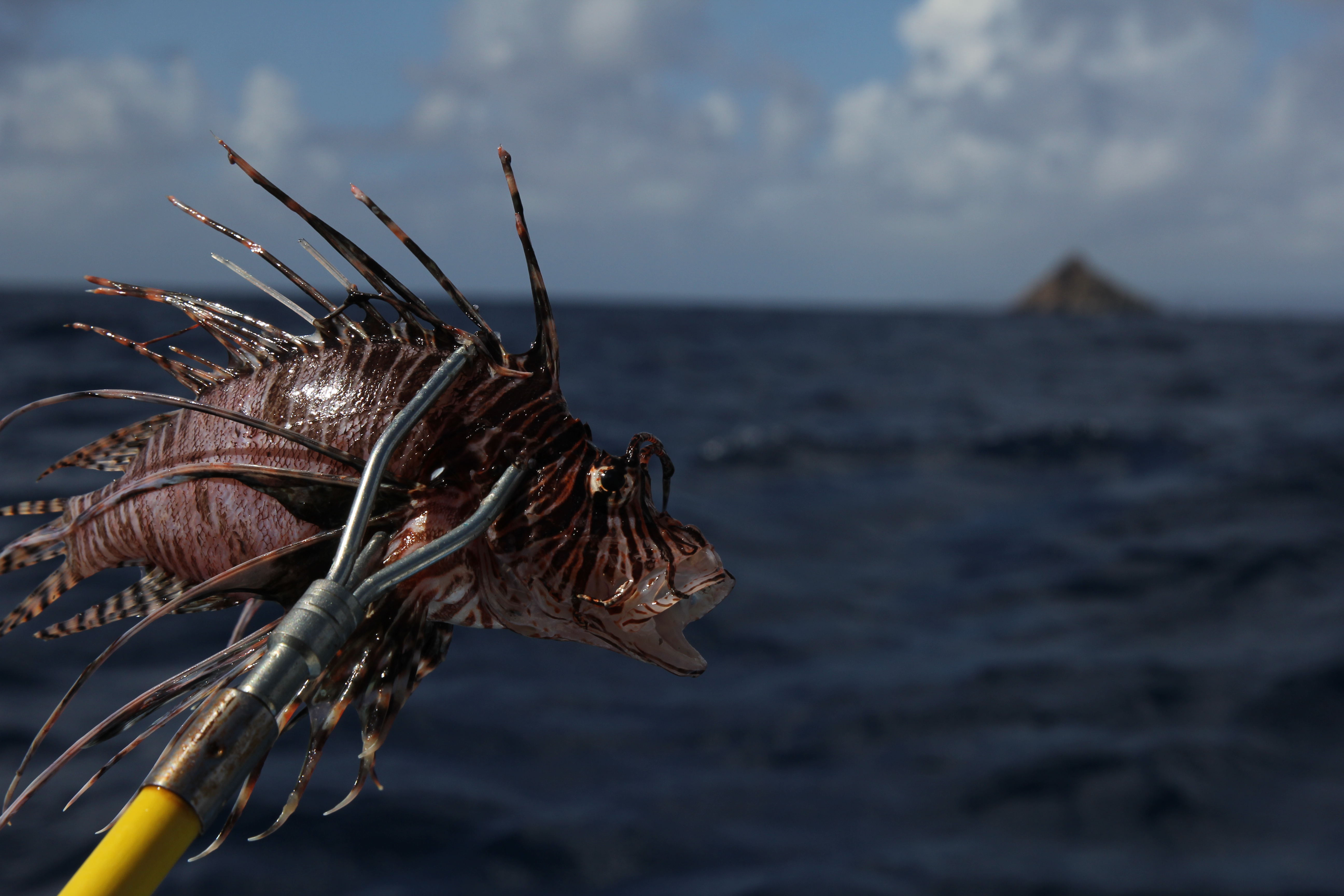
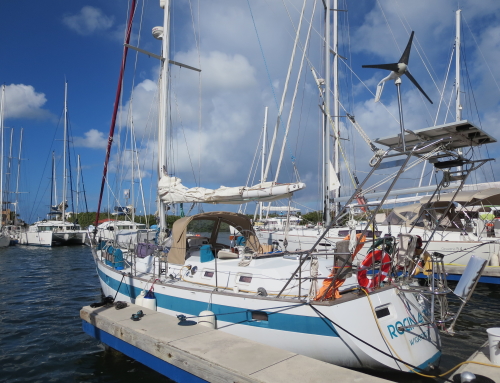
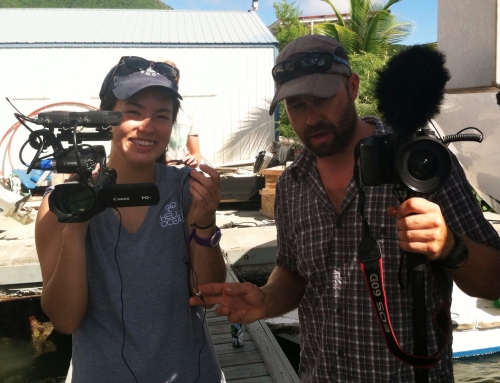
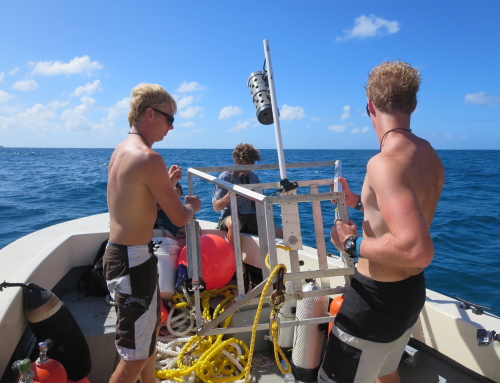
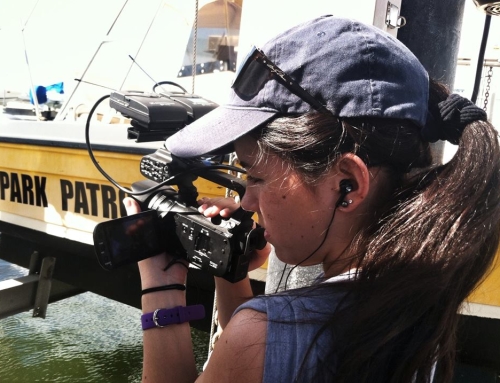
Leave A Comment